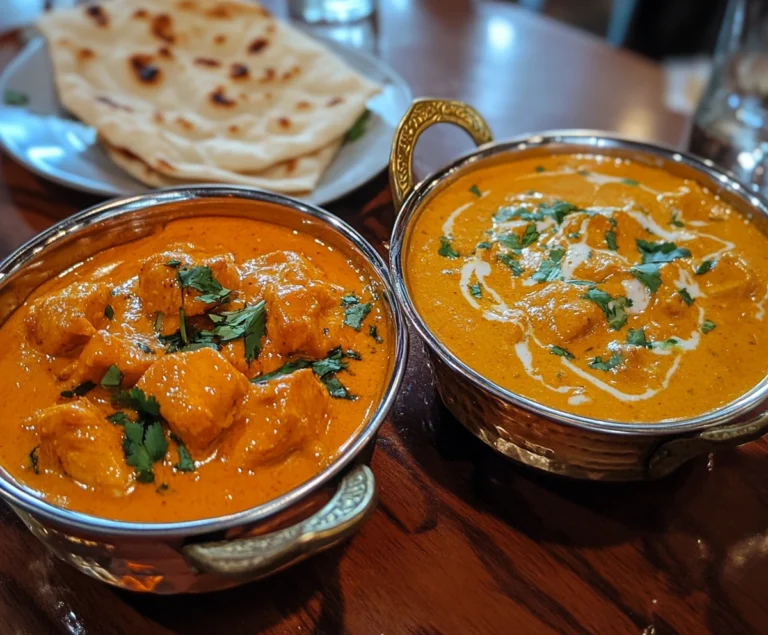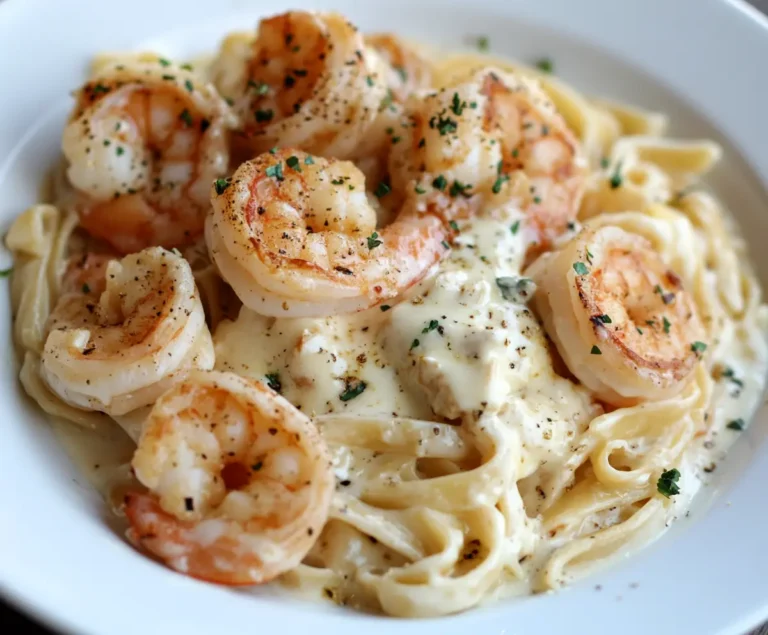The Ultimate Guide to Making the Perfect Chicken Brine Recipe
Brining is one of the most effective techniques for ensuring your chicken remains juicy, tender, and packed with flavor. Whether you’re roasting, grilling, smoking, or frying, a good chicken brine recipe can transform the texture and taste of your poultry. It’s a simple process that works by soaking the chicken brine recipe in a saltwater solution, allowing the meat to absorb moisture and seasoning. When done right, brining can turn an average chicken dish into something truly spectacular.
This comprehensive guide will take you through the ins and outs of brining chicken, explaining the science behind it, the ingredients you need, and how to customize your brine. We’ll also explore common mistakes to avoid, the different brining times for various cuts of chicken, and frequently asked questions about this essential technique.
Why Chicken Brine Recipe?
Chicken, like most lean meats, has a tendency to dry out, especially when cooked at high temperatures. Brining solves this issue by infusing the meat with moisture and seasoning. This process helps the chicken stay juicy, even after it’s been exposed to the heat of the oven, grill, or smoker.
But how exactly does this work? When you submerge chicken in a brine, the salt in the solution breaks down muscle fibers and proteins, allowing the meat to absorb water. This makes the meat not only more moist but also more tender. Additionally, the brine introduces flavor deep into the meat, which is something a surface seasoning simply can’t achieve.
For a more in-depth look at how brining enhances the moisture and tenderness of chicken, check out this helpful guide on how brining works.
The Science Behind Brining
At the heart of brining is osmosis, a process that allows salt to penetrate the chicken’s cells and help them retain more water. Here’s a breakdown of what happens:
- Osmosis and Water Retention: When chicken is placed in a saltwater brine, the salt disrupts the muscle fibers and proteins. This allows water and other flavors from the brine to be absorbed into the meat, increasing the overall moisture content.
- Protein Breakdown: The salt helps to partially break down muscle fibers, making the chicken more tender. This means that even when exposed to high heat, the chicken won’t become dry or tough.
- Flavor Absorption: By adding other ingredients like sugar, herbs, garlic, and citrus to the brine, you can infuse the chicken with complex flavors. Because the salt opens up the meat, these additional flavors can penetrate much deeper than if they were simply added to the surface of the chicken.
For a more detailed look at the different types of brines and how they work, visit this resource on types of brining methods.
The Key Ingredients in a Chicken Brine
The beauty of a chicken brine recipe is that it’s highly customizable. However, most brines start with a few basic ingredients:
- Water: The primary component of any wet brine, water ensures the salt and sugar dissolve completely. It’s best to use cold water to prevent the chicken from heating up during the brining process.
- Kosher Salt: Coarse salt is ideal for brining. Avoid using table salt, as it’s more concentrated and could result in an overly salty brine. Kosher salt also dissolves more evenly in water.
- Sugar: Sugar balances the saltiness and adds a slight sweetness to the brine. You can use either white or brown sugar. Brown sugar adds a richer flavor and pairs well with smoked or grilled chicken.
- Herbs and Spices: Fresh or dried herbs like rosemary, thyme, bay leaves, and peppercorns are excellent for enhancing the flavor of the brine. You can also add aromatics like garlic, onions, or ginger for a deeper flavor profile.
- Optional Add-ins: Citrus fruits, such as lemons and oranges, can add brightness to the brine. You can also experiment with spices like coriander or smoked paprika for a unique twist.
Here’s a basic brine recipe to get you started.
Basic Chicken Brine Recipe
Ingredients:
- 1 gallon of water
- 1/2 cup kosher salt
- 1/4 cup sugar (white or brown)
- 4 sprigs of rosemary or thyme
- 4 cloves garlic (crushed)
- 1 lemon (sliced)
- 1 tbsp black peppercorns
Instructions:
- Combine the water, kosher salt, and sugar in a large container. Stir until the salt and sugar are completely dissolved.
- Add the rosemary, garlic, lemon slices, and peppercorns to the mixture.
- Submerge the chicken in the brine, ensuring it’s completely covered.
- Refrigerate the chicken for 2-4 hours if you’re brining smaller cuts like breasts or wings, or 4-8 hours for a whole chicken.
- After brining, remove the chicken and rinse it under cold water to wash off any excess salt. Pat dry with paper towels and let it rest before cooking.
For more ideas on how brining can enhance your chicken dishes, take a look at these baked chicken cutlet recipes for a crispy, flavorful result.
Different Types of Brine for Chicken
Once you’ve mastered the basic brine, it’s time to experiment with variations to suit your taste. Here are a few popular types of chicken brine:
1. Smoked Chicken Brine
For a rich, smoky flavor, try adding smoked ingredients to your brine. Smoked paprika, black peppercorns, or a dash of liquid smoke can elevate the flavor profile. If you’re planning to grill or smoke the chicken, this brine is perfect.
2. Citrus Brine
Add zest and juice from citrus fruits like lemons, oranges, or limes for a refreshing, bright flavor. This is especially great for summer dishes, as the citrus cuts through the richness of the chicken, making it light and flavorful.
3. Spicy Brine
For a little heat, add chili flakes, Tabasco sauce, or even fresh jalapeños to your brine. The spiciness penetrates the chicken, giving it a kick without overwhelming the other flavors.
4. Herbal Brine
Use fresh herbs like sage, thyme, parsley, and rosemary to create an earthy, aromatic brine. This is perfect for roasted or oven-baked chicken, where the herbs infuse the meat with a deep, savory flavor.
Brining Time for Different Chicken Cuts
Brining times can vary depending on the size and cut of the chicken. Here’s a guide to ensure you don’t over-brine or under-brine your chicken:
- Whole Chicken: Brine for 4-8 hours. For larger birds, like turkeys, you might brine for up to 24 hours.
- Chicken Breasts: Brine for 1-2 hours. Chicken breasts are leaner, so they don’t need as long in the brine.
- Chicken Wings: Brine for 1-2 hours. Because wings are smaller, they absorb the brine more quickly.
- Chicken Thighs and Drumsticks: Brine for 2-4 hours. These cuts are more forgiving due to their higher fat content.
Always remember to refrigerate the chicken while it’s in the brine to prevent bacterial growth.
Tips for Perfect Chicken Brining
Brining is a straightforward process, but there are a few tips to ensure you get the best results:
- Use Kosher Salt: It’s less concentrated than table salt, making it perfect for brining. If you must use table salt, reduce the amount by half.
- Add Flavorings: Don’t be afraid to add herbs, spices, and aromatics to your brine. These additional ingredients will infuse the chicken with subtle flavors.
- Rinse After Brining: After removing the chicken from the brine, rinse it under cold water to remove excess salt from the surface. This step is crucial to avoid overly salty chicken.
- Dry the Chicken Thoroughly: Pat the chicken dry with paper towels after rinsing. This step is important if you want crispy skin when roasting or grilling the chicken.
- Don’t Over-Brine: Over-brining can lead to mushy chicken. Stick to the recommended brining times to avoid altering the chicken’s texture.
For more tips on how to handle chicken, you can explore thin chicken breast recipes to keep your chicken moist and tender.
Cooking Brined Chicken
Once your chicken is brined, it’s ready for cooking. Here are a few popular methods:
1. Grilling
Grilled chicken benefits immensely from brining. The brine keeps the meat moist while the high heat of the grill crisps the skin. For the best results, brine your chicken for a few hours, then grill over medium-high heat until the internal temperature reaches 165°F.
2. Smoking
Brining is a must when smoking chicken. The long cooking time can dry out the meat, but brining ensures the chicken stays juicy. A smoked chicken brine typically includes strong flavors like smoked paprika, soy sauce, or even black tea.
3. Oven-Roasting
Brining enhances the moisture and flavor of roasted chicken. After brining, pat the chicken dry and roast it in the oven until the skin is crispy and golden. The herbs and citrus from the brine will permeate the meat, making each bite flavorful.
4. Pan-Frying
Brined chicken breasts are perfect for pan-frying. The brine ensures the chicken stays tender and moist, even when cooked quickly on the stovetop.
If you want to experiment with different cooking methods after brining, try incorporating the brine technique into dishes like these Alice Springs chicken recipes.
Common Mistakes to Avoid When Brining Chicken
Brining is simple, but there are a few mistakes you should avoid to get the best results:
1. Using Table Salt Instead of Kosher Salt
Table salt is much finer and more concentrated than kosher salt. If you use table salt in the same quantity, your brine will be too salty. Always use kosher salt, or reduce the amount of table salt by half.
2. Over-Brining the Chicken
Leaving the chicken in the brine for too long can result in mushy, overly salty meat. Stick to the recommended times for each cut of chicken.
3. Not Rinsing the Chicken After Brining
Failing to rinse the chicken after brining can leave it with a salty crust on the surface. Always rinse the chicken under cold water to remove excess salt.
4. Using Warm Water
Using warm or hot water in your brine can cause the chicken to start cooking prematurely. Always use cold water to ensure the chicken stays at a safe temperature.
FAQs About Chicken Brining
1. Can I reuse brine?
No, brine should not be reused after it has been in contact with raw chicken. The risk of bacterial contamination is high, so it’s best to discard the brine after use.
2. Do I need to rinse the chicken after brining?
Yes, rinsing the chicken is necessary to remove any excess salt from the surface. Failing to do so can result in an overly salty chicken.
3. How long should I brine chicken breasts?
Chicken breasts should be brined for 1-2 hours. They’re leaner than other cuts and absorb brine more quickly.
4. Can I brine frozen chicken?
Yes, you can brine frozen chicken, but it will take longer for the brine to penetrate. The chicken will also thaw in the brine, so make sure it stays refrigerated.
5. What kind of salt should I use for brining?
Kosher salt is the best choice for brining because it’s coarse and dissolves evenly in water. Avoid using fine table salt unless you reduce the quantity.
Conclusion
Brining is a simple yet powerful technique for making your chicken juicy, tender, and full of flavor. With just a few basic ingredients like kosher salt, sugar, and herbs, you can elevate your chicken dishes to a whole new level. Whether you’re grilling, smoking, roasting, or frying, a good brine will ensure that your chicken is moist and flavorful every time.
For more creative ways to prepare your chicken, try pairing your brined chicken with recipes like these Bibibop chicken recipes to explore new flavors and techniques.







